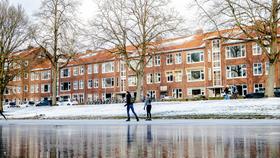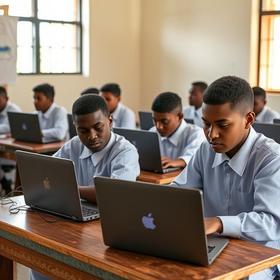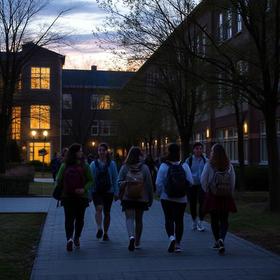Things That Keep Me Awake At Night
2020 was a most unusual year. The coronavirus pandemic has turned everything upside down and inside out. Nothing is normal. All of this has impacted boarding schools in ways they never expected. While most private school boards of trustees are smart enough to have a resumption of business plans in place and adequate insurance coverage for the school plant and the usual liability issues, very few school trustees ever expected to be dealing with so many challenges converging simultaneously. Against that backdrop, I thought it would be helpful to conduct a fictional interview with a head of school. After all, her concerns are probably yours as well.
Rob: What challenges at school in the fall of the next academic year keep you awake at night?
Head of school: Oh, Rob! Where do I begin? There are so many things demanding my attention. My workday starts at 6 a.m. and ends at 10 p.m. if I'm lucky. And I work every day to keep my head above water.
Rob: What, then, is your most pressing concern?
Head of school: My number one concern is the financial condition of my school. The board and I had not budgeted for dozens of COVID-19-related expenses. Tasks such as wiping down all the frequently touched surfaces like door handles, light switches, stair rails, and so much more are essential while the pandemic is all around us. We had to hire a deep-cleaning service to sanitize



















